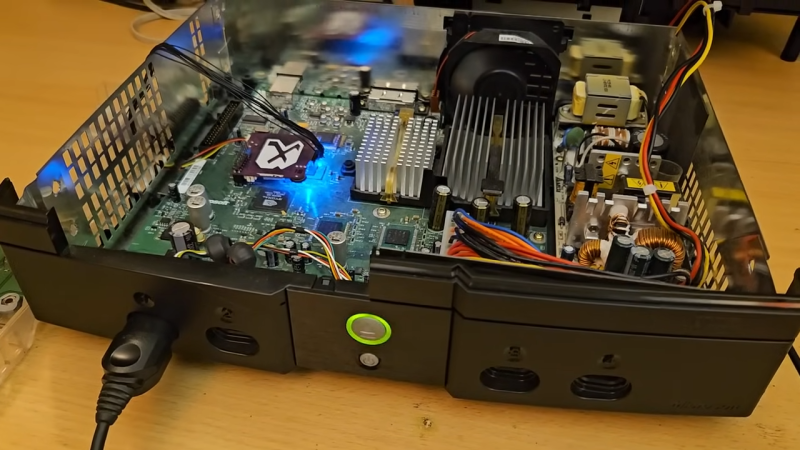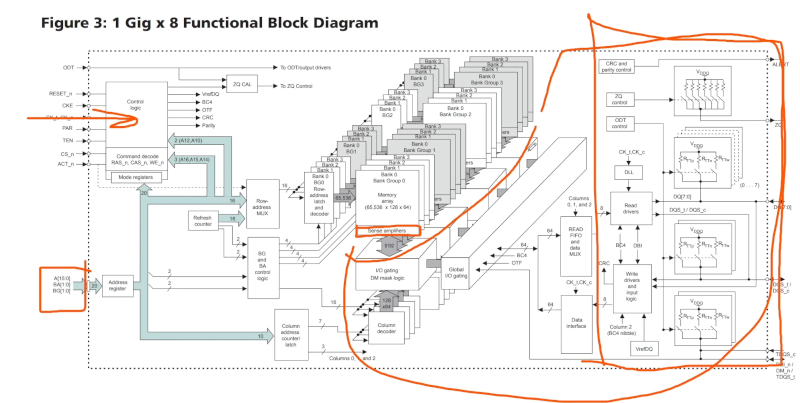There are piles of old 128MB and 256MB sticks of RAM sitting around in supply closets and in parts bins. For his Hackaday Prize project, [esot.eric] is turning these obsolete sticks of RAM into something useful – a big, fast logic analyzer. It’s cheap, and simple enough that it can be built on a breadboard.
If using old SDRAM in strange configurations seems familiar, you’re correct. This project is based on [esot.eric]’s earlier AVR logic analyzer project that used a slow AVR to measure 32 channels of logic at 30 megasamples per second. The only way this build was possible …read more
 Continue reading Hackaday Prize Entry: The Cheapest Logic Analyzer→
Continue reading Hackaday Prize Entry: The Cheapest Logic Analyzer→


